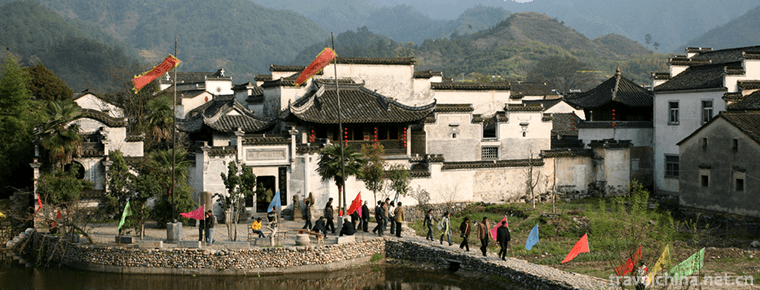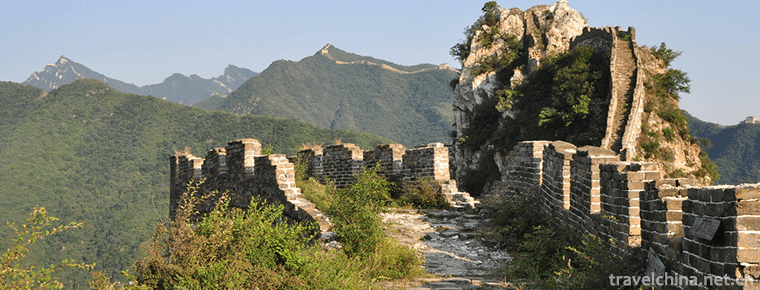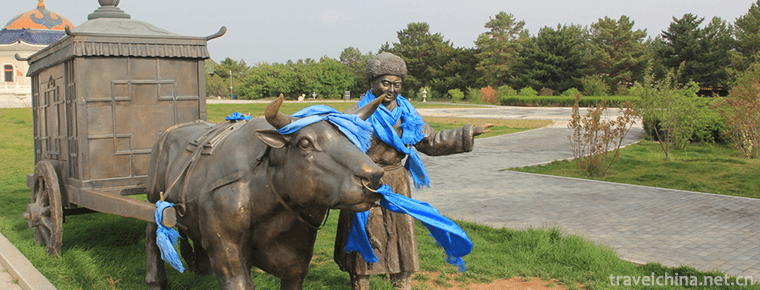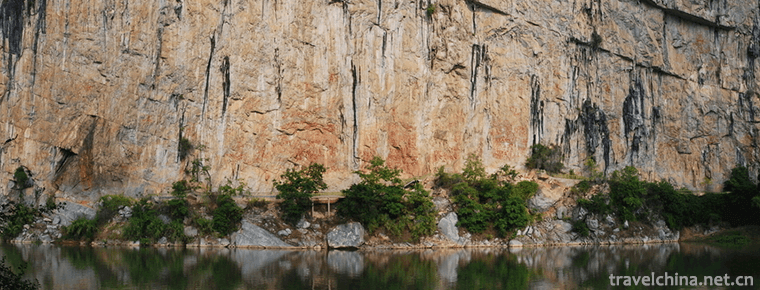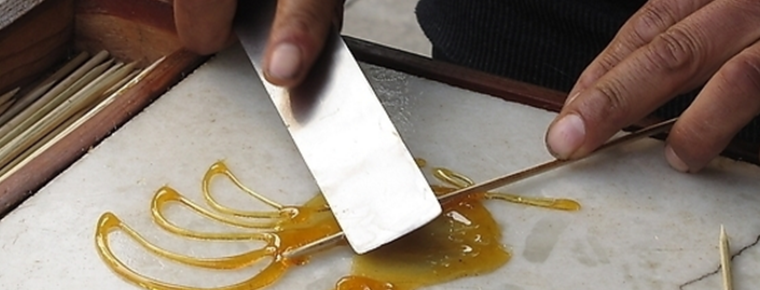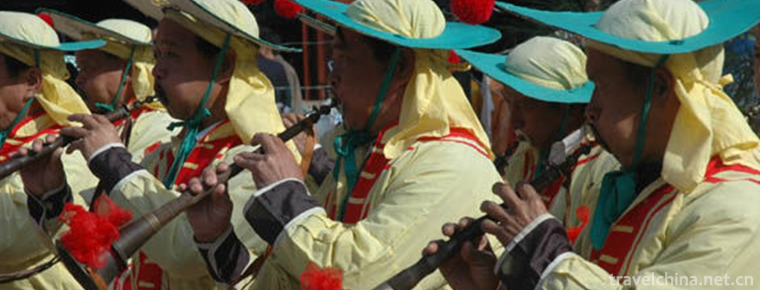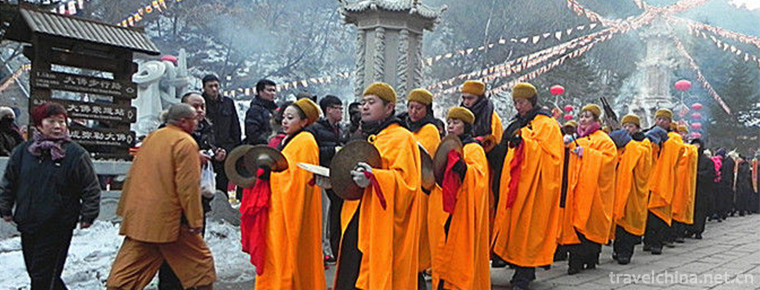Fuxin agate carving
Fuxin agate carving
Fuxin agate carving, traditional art of Fuxin County, Liaoning Province, is one of the national intangible cultural heritage.
The lotus cup and agate tube beads necklace, wine cup and Go unearthed from Liao Tomb of Qinghemen in Fuxin have a history of 1000 years. During the reign of Qianlong in the Qing Dynasty, the materials and crafts of agate ornaments and carvings used by the court mostly came from Fuxin. Baozhu Yingzi Village, Qijiazi Township, Fuxin Mongolian Autonomous County, was named for the Buddha-light agate Dynasty pearl presented by the local king on the 60th birthday of Emperor Qianlong.
On May 20, 2006, Fuxin agate carving was approved by the State Council to be included in the first batch of national intangible cultural heritage, the heritage number is_-30.
historical origin
The agate culture in Fuxin is deeply accumulated. It was unearthed in Chahai Site 7600 years ago. Scrapers made of agate, as well as jade and stone tools, show that Chahai people are the first people in the world to know and use agate.
As early as the Liao Dynasty, Fuxin folk had the production activities of collecting and processing agate. The agate wine cup, Go and necklace unearthed from the Liao Tomb in Qinghemen, Fuxin, have a history of more than 1000 years.
By the Qing Dynasty, the agate industry in Fuxin had developed to a certain scale. During the reign of Emperor Qianlong in Qing Dynasty, a considerable part of the materials used by the palace for agate ornaments and sculptures came from Fuxin, and the agate in Fuxin became a tribute to the court. On the sixtieth birthday of Qianlong Emperor Qianlong, King Ye of Tumut's Left-wing Banner (now Wangfu Town) presented a string of agate Dynasty pearls of Buddha light. Emperor Qianlong was very happy, and the village was crowned "Baozhu Yingzi Village" by the emperor. Fuxin agate carving industry has gradually reached its peak since then. During the period of the Republic of China, wars continued frequently. Fuxin's agate industry once fell into depression and had no success until the founding of New China.
During the period of the Republic of China, war was still frequent, and the agate industry in Fuxin fell into depression for a time, with no achievements, until the founding of New China began to rise.
In 1974, Cangtu Town produced an agate of water urchin weighing up to 30 kg, which is transparent and colorful. According to the instructions of Premier Zhou Enlai, this precious agate stone of water urchin was carved into the work Water Curtain Cave, which is now collected by the Chinese Museum of History.
Cultural characteristics
Main classification
Fuxin agate sculpture is divided into two categories: elegant and plain: elegant figures, flowers, animals, landscape sculpture, plain and vivid performance of the traditional Chinese plastic arts, refers to the sculpture of antique objects, such as stoves, bottles, tripod, fumigation and other palace objects before Qin and Han Dynasties. Fuxin agate sculpture is famous for its vividness. It uses such techniques as round sculpture, relief, hollow-out sculpture and shadow sculpture to make skillful works. The decorative patterns are simple and exquisite, with many patterns. The commonly used patterns are glutton pattern, grain pattern, dragon and Phoenix pattern, bird, animal, fish and insect pattern, geometric pattern and so on. Highlighting the texture and beauty of agate stone is a remarkable sign that Fuxin agate is different from Xiuyusu. For example, Fuxin agate is a living imitation of Shang and Zhou bronze tripod, which not only has similar shape, but also skillfully uses beautiful color in material, perfectly interpreting the connotation of "one word, nine tripod".
artistic characteristics
The artistic features of agate carving in Fuxin are skillful, beautiful, unique and elegant. Qiao: for human spirit, bold creativity, ingenious conception, exquisite sculpture skills, skillful talent; Qiao: for the creation of heaven, make full use of natural beauty, texture and texture of agate, the human beings are lifelike, desire to breathe out, fun and natural; absolutely: for the unity of heaven and man, make works from nature higher than nature, from life, and make them become divine and humane. Excellent products, with a strong artistic appeal and shock, make people shoot the case. Fuxin agate carving is not only good at traditional carving such as flower fumigation, respect and bottle, but also outstanding in its distinctive features and unique style. Ya: not only refers to the elegant style of the work, but also contains rich cultural connotations, including 5000 years of Chinese civilization and national spirit. The work also shows the hot life and aesthetic taste of contemporary people.
Production procedure
A living agate work needs to go through such processes as material selection, peeling, design, rough carving, fine carving, finishing and polishing. The key link is design and sculptor, which directly determine the success or failure of the work.
Fuxin agate carvings include "drilling and cutting holes", "taking chain loops", "making shoulder ears", "carving through live balls" and so on. In the process of "drilling and tunneling", the hearth is gradually enlarged and tunneled with a suitable hammer after drilling at the hearth and taking out the core material. "Chain loops" can make the works more exquisite and exquisite. "Chain taking" can be divided into four steps: spine (stripping), cross (lifting), knotting (distinguishing), looping (looping); "looping" can be divided into four steps: ring pinching, eye punching, ring searching and circle finding. There are two kinds of shoulder ears: one is located on the shoulder side of the ear, often referred to as "head". The other is located on both sides of the neck of the utensils, commonly known as "neck ear". Neck ears generally do not have a loop, but mostly carved hollow out, which is similar to the technique of the loop. There are often decorative balls in plain living works. The so-called "live ball" means that the balls contain balls. Each ball can rotate freely. This is accomplished gradually by a very difficult carving technique.
Theme works
The representative works of agate carvings in Fuxin include "Mother Fumigation of Aquatic Vegetable Agate Chains", "Aquatic Vegetable Agate and Phoenix Head Carbuncle", "Natural Aquatic Vegetable Agate Ding" and so on.
Inheritance and protection
Inheritance status
As the agate carving in Fuxin is mainly inherited through the family, the famous agate family in history has been passed on to the fourth generation. Master Li Hongbin, the representative of agate craft, is now in seventy years old. While making brilliant achievements, the agate carving in Fuxin has been facing the crisis of handicraftsman's skill loss, which urgently awaits rescue and protection.
Inheriting characters
Li Hongbin, male, Han nationality, born in 1939, is from Xiuyan Manchu Autonomous County, Liaoning Province. The first batch of state-level intangible cultural heritage projects are representative successors of agate carvings in Fuxin.
protective measures
In order to strengthen the protection of traditional agate handicraft in Fuxin, Fuxin Municipal Government has taken a series of protective measures: establishing agate handicraft archives through collection, excavation, recording, division of labor and cataloguing; using digital multimedia means such as words, videos and photographs, making real, comprehensive and systematic records of agate handicraft in Fuxin, collecting treasures and establishing Fuxin agate. The agate industry management office and Fuxin agate Association have established a clear division of labour between the municipal government and the agate association, and have their own protection mechanisms and specific measures. The agate sculpture school has been established to train high-level design and production talents, recruit artists and apprentices, and adopt the way of mentoring to solve the problem of shortage of successors. To hold exhibitions to achieve the strategic goal of excellence and talent; to prepare for the construction of the agate Museum in Fuxin, to collect and collect masterpieces such as Li Hongcai, so that the agate with distinctive regional characteristics of handicraft is protected, inherited and developed, and to become a link of cultural exchange in Fuxin.
On September 10, 2014, the National Demonstration Base for Productive Protection of Intangible Cultural Heritage was put on the market in Fuxin City Xihe District. This will greatly promote the protection and inheritance of the national non-heritage project "Fuxin agate carving".
social influence
Important exhibition
On April 25, 2012, "Fuxin agate collection-level works exhibition" appeared in Beijing International Jewelry Trade Center (Xiaoying Jewelry City), in which Fuxin agate carvings were displayed.
On September 12, 2014, the 9th Fuxin Manaux Expo of China opened in the Convention and Exhibition Center of Western Liaoning, in which the carvings of Fuxin Manaux were displayed.


-
Jixi Longchuan Scenic Area
Jixi Longchuan Scenic Area in Xuancheng City, Anhui Province, is a national AAAAA-level Tourism Scenic Area officially approved by the State Tourism Administration.
Views: 142 Time 2018-12-08 -
Bali River Scenic Area
Bali River Scenic Spot is a national AAAAA-level tourist attraction with "Global 500 Top" environmental protection. It is located in Yingshang County.
Views: 249 Time 2018-12-08 -
Xiangshui lake the Great Wall
Xiangshui Lake is another unique and beautiful tourist attraction in the suburbs of Beijing. Located in the west of the Great Wall of Huairou Mutianyu.
Views: 443 Time 2018-12-10 -
Ordos Cultural Tourism Village
Ordos Cultural Tourism Village is located in the front banner of Etok, Ordos City. It is located in the western Ordos grassland at the junction of Mengning and Ningxia. It is located in the beautiful .
Views: 403 Time 2019-01-08 -
Huashan pictographs
Huashan rock paintings are located in the Zuojiang River and its tributary Mingjiang River valley of Chongzuo City, Guangxi (covering Ningming County, Longzhou County, Jiangzhou District and Fusui Cou.
Views: 174 Time 2019-01-17 -
Traditional skills
Chinese traditional folk art is a craft inherited from Chinese folk, such as paper-cut is one of the most popular traditional folk decorative arts in China, with a long history.
Views: 317 Time 2019-04-19 -
Hebei Drum Music
Hebei drum and percussion music is a local traditional music mainly composed of percussion instruments and percussion instruments. It has been an important type of music.
Views: 119 Time 2019-05-02 -
Qianshan Temple Music
Qianshan, located 20 kilometers southeast of Anshan City, Liaoning Province, is one of the most famous scenic spots in the country. In the northeast, Qianshan is as famous as Changbai Mountain in Jili.
Views: 152 Time 2019-06-10 -
Tiger Sheng of Yi Nationality
Tiger Sheng of Yi nationality is a magical traditional dance of Yi nationality. The Yi people worship tigers and take tigers as totems. It has been said since ancient times that tigers are the people .
Views: 171 Time 2019-07-12 -
Giant Sleeping Buddha
The giant Sleeping Buddha is located in Leshan City, Sichuan Province. In the periphery of Leshan Giant Buddha, there is a "giant Sleeping Buddha" with a total length of more than 4000 meters and composed of several mountains. .
Views: 154 Time 2020-10-15 -
Mineral resources in Leshan
Leshan City is rich in mineral resources, 34 kinds of mineral resources have been proved, especially non-metallic minerals, with great development potential. Among them, the total amount of proven rock salt resources is 10.5 billion tons, with an annual.
Views: 151 Time 2020-12-17 -
Meishan City logo
Meishan City logo is composed of ancient Chinese tile pattern and Dongpo head portrait, which shows a feeling of ancient historical traces and reflects the ancient culture of Meishan. From the design to the font are used a simple style, using the combinatio.
Views: 321 Time 2020-12-18
